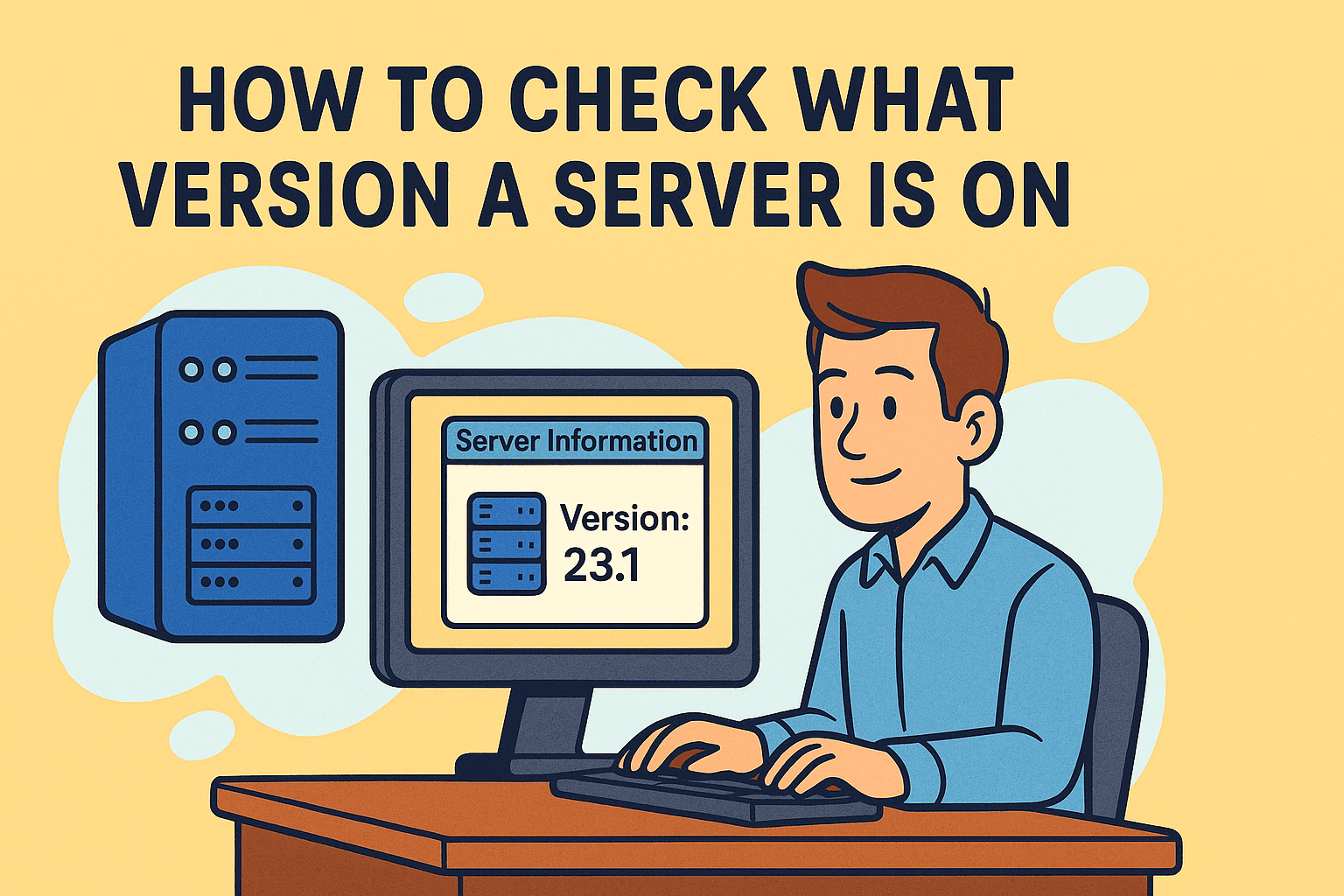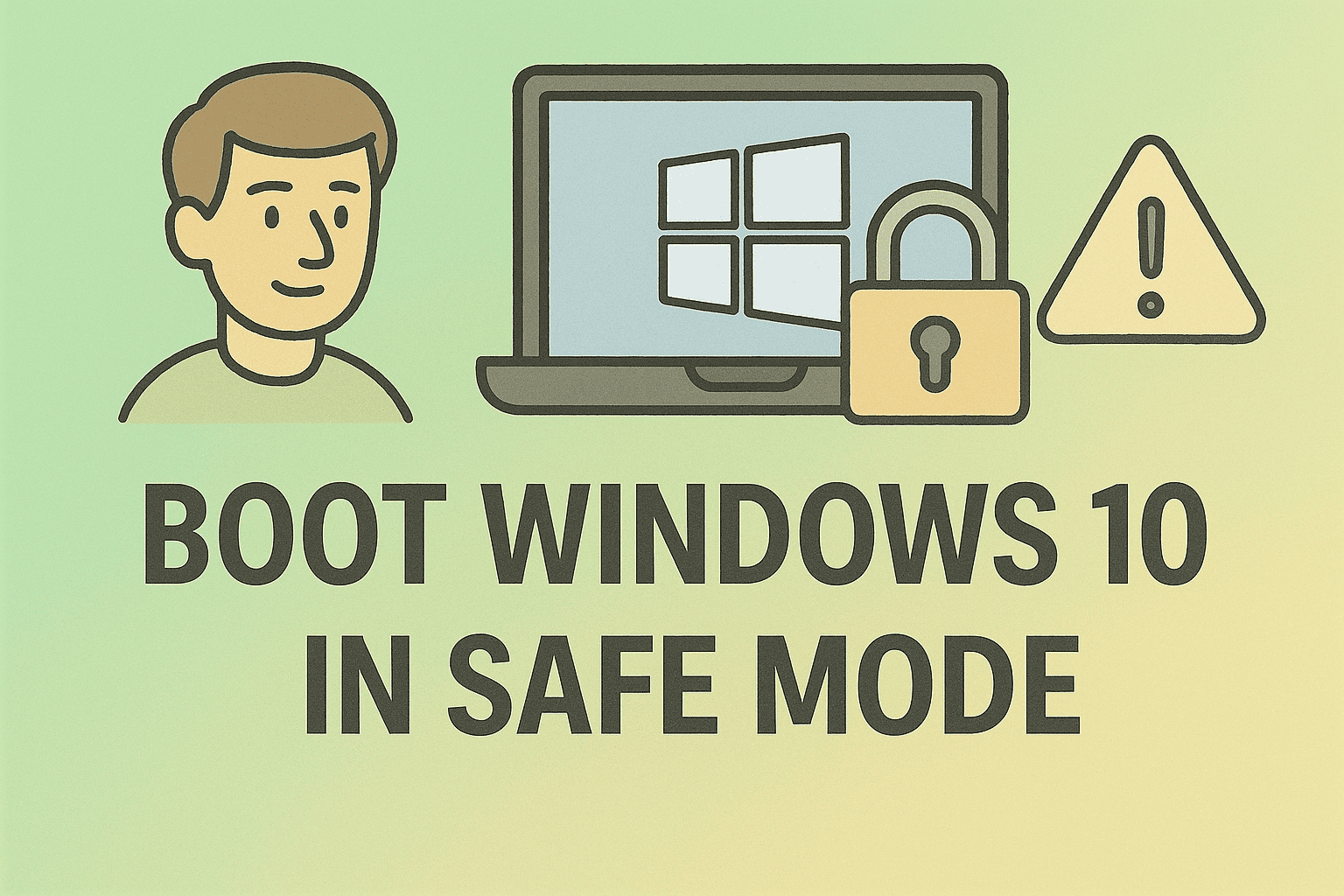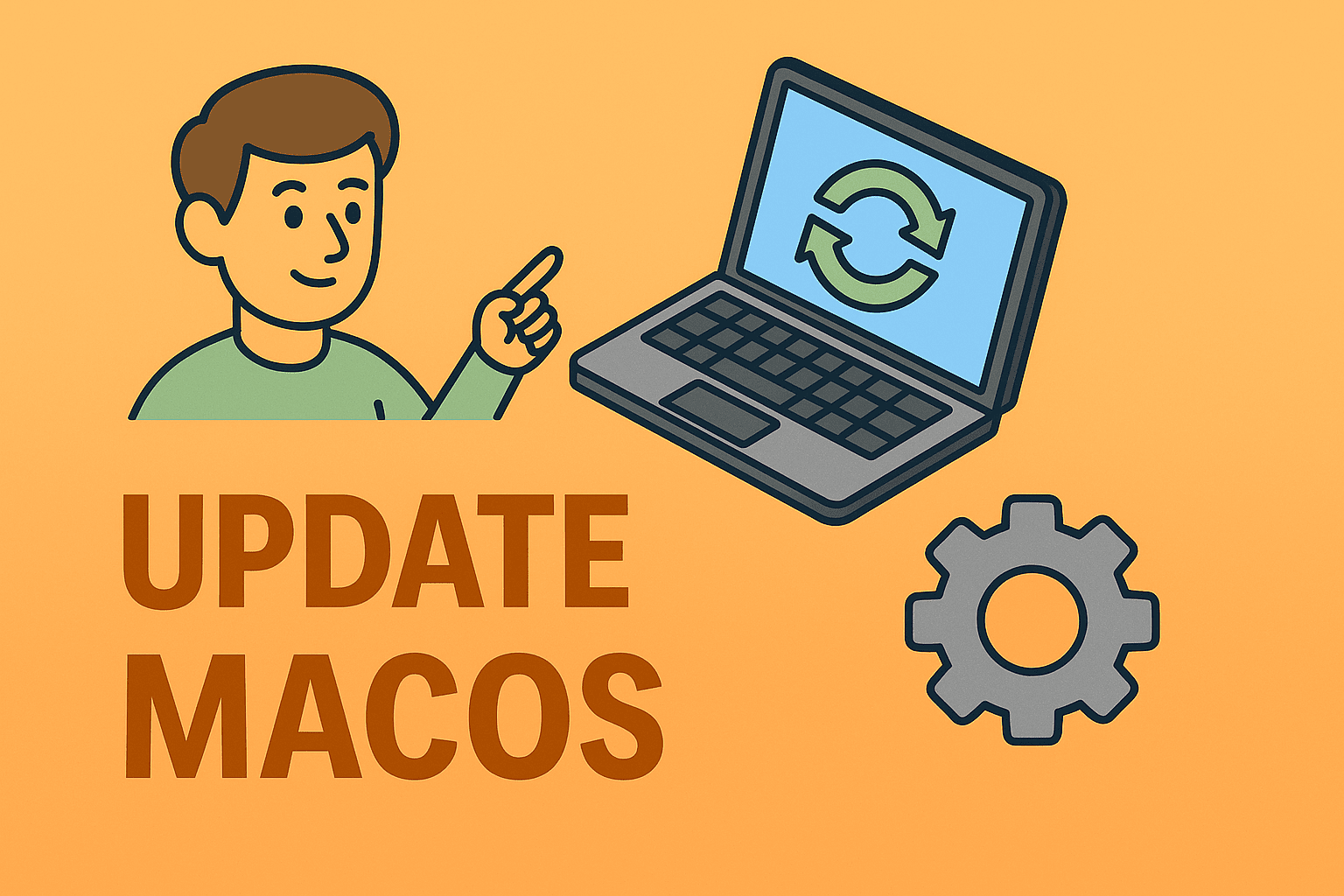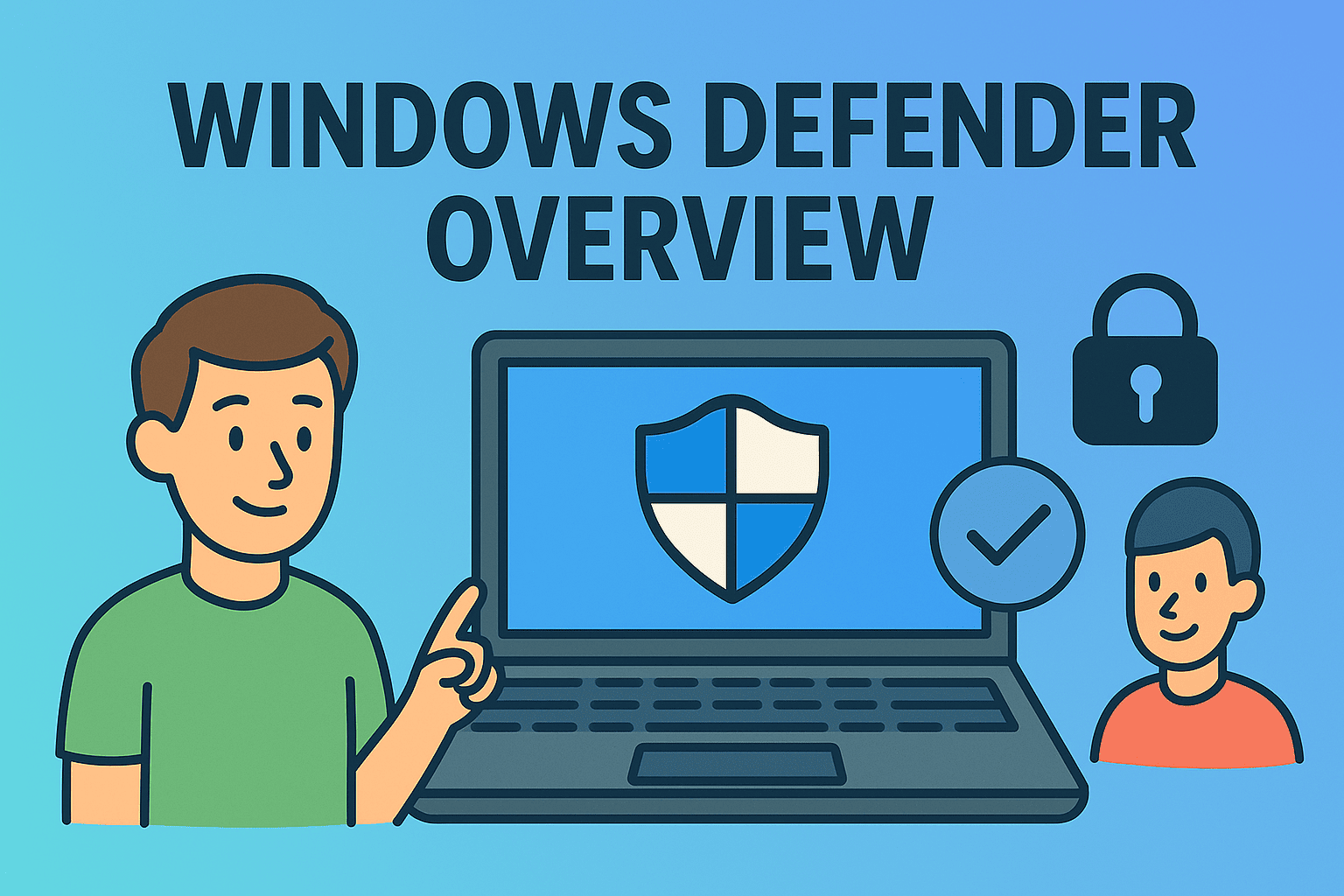Why Knowing Server Version Matters
Updated on June 26, 2025, by ITarian

Do you know exactly what version your server is running? If not, you’re not alone. Whether you’re performing a routine audit, patching vulnerabilities, or prepping for a compliance report, it’s critical to understand how to check what version a server is on—and do it fast.
For cybersecurity teams, IT managers, and CEOs of tech-first companies, this isn’t just a technical detail. The server OS version can determine compatibility with security patches, dictate software lifecycle decisions, and help avoid major system failures.
When and Why You Need to Check Server Version
Understanding the server OS version helps with:
- Patch management & vulnerability scanning
- Software upgrade planning
- Compliance and reporting (HIPAA, GDPR, ISO)
- Debugging and issue resolution
- Verifying cloud or on-prem deployment specs
Whether you’re running Windows Server, Linux, or a custom Unix distribution, version discovery should be part of your infrastructure checklist.
Method 1: Check Windows Server Version (GUI & CLI)
If you’re on a Microsoft ecosystem, there are a few ways to check Windows Server version:
✅ Using GUI (Graphical Interface)
- Right-click the Start button → Choose System
- Scroll down to Device Specifications and Windows Specifications
- Look for:
- Edition (e.g., Windows Server 2016)
- Version number (e.g., 1607, 21H2)
- OS Build (e.g., 14393.2273)
Tip: This method is simple but may not show the server role or detailed service pack info.
✅ Using Command Line
CMD:
cmd
CopyEdit
systeminfo | findstr /B /C:”OS Name” /C:”OS Version”
PowerShell:
powershell
CopyEdit
Get-CimInstance Win32_OperatingSystem | Select-Object Caption, Version, BuildNumber
This is the fastest way to determine server OS version without relying on GUI access.
Method 2: How to Find Server Version Command Line (Linux/Unix)
For Linux servers, knowing your distribution and kernel version is just as critical.
✅ Using Terminal:
bash
CopyEdit
uname -a # Kernel version
lsb_release -a # Distro details (Debian/Ubuntu)
cat /etc/os-release # Cross-distro method
You’ll get outputs like:
- OS: Ubuntu 22.04.2 LTS
- Kernel: 5.15.0-76-generic
- Codename: Jammy
✅ For Red Hat/CentOS:
bash
CopyEdit
cat /etc/redhat-release
Use hostnamectl for more contextual details if you’re running a systemd-based distribution.
Method 3: Get Server Version Remotely (SSH, RDP, PowerShell)
Many IT pros need to determine server OS version remotely.
✅ Windows (PowerShell Remote):
powershell
CopyEdit
Invoke-Command -ComputerName Server01 -ScriptBlock {
Get-CimInstance Win32_OperatingSystem | Select-Object Caption, Version
}
✅ Linux (via SSH):
bash
CopyEdit
ssh user@remote-server “cat /etc/os-release”
✅ Cross-platform Tools:
- Ansible (for fleet-wide checks)
- Nessus/Nexpose (for security auditing)
- Nagios/Zabbix (for monitoring/reporting)
Method 4: Use Registry or WMI (Advanced Windows)
Sometimes, you want to query version info at scale or script it into automation.
Using Registry:
powershell
CopyEdit
Get-ItemProperty -Path ‘HKLM:\SOFTWARE\Microsoft\Windows NT\CurrentVersion’ | Select ProductName, ReleaseId, CurrentBuild
Using WMI Query:
powershell
CopyEdit
wmic os get Caption,CSDVersion,OSArchitecture
These methods are valuable when integrating with asset management tools or CMDB platforms.
Summary Table: Server Version Check Methods
| Platform | Method | Command |
| Windows | CMD | systeminfo |
| Windows | PowerShell | Get-CimInstance |
| Linux | Terminal | cat /etc/os-release |
| Remote | PowerShell | Invoke-Command |
| Remote | SSH | ssh user@host |
Best Practices for Version Auditing
When performing version checks across your environment, remember:
- Document everything – Keep a version log for audit trails.
- Automate – Use scripts or config management tools to scale.
- Verify security baselines – Cross-reference with CVE databases.
- Label unsupported systems – Flag and upgrade legacy OS where possible.
FAQ: Server Version Checking
1. How can I check the Windows Server version remotely?
Use PowerShell with Invoke-Command or tools like PsExec for direct command execution.
2. What’s the difference between version and build number?
The version indicates major releases (e.g., 2019, 2022), while the build number shows minor patches or updates.
3. Can I find server version info in the registry?
Yes. Use PowerShell to query keys like HKLM:\SOFTWARE\Microsoft\Windows NT\CurrentVersion.
4. How do I get server version in Linux without GUI?
Use commands like uname -a, lsb_release -a, or read /etc/os-release.
5. Is there a universal tool for all OS types?
Yes. Tools like Ansible, Nmap, or Itarian Endpoint Manager can inventory versions across platforms.
Final Thoughts: Know Your Environment Before It Bites Back
Knowing how to check what version a server is on isn’t just for audits—it’s foundational to security, performance, and planning. Outdated systems are vulnerable to exploits. Unsupported platforms disrupt integrations. And in a world of zero-day threats, ignorance isn’t bliss—it’s risk.
Whether you’re managing five servers or five hundred, build version-checking into your workflows and automate it wherever possible.
Take Full Control of Your Infrastructure
Want to manage and monitor server versions, firewall rules, and patch compliance—all in one place?
👉 Try Itarian now for free














